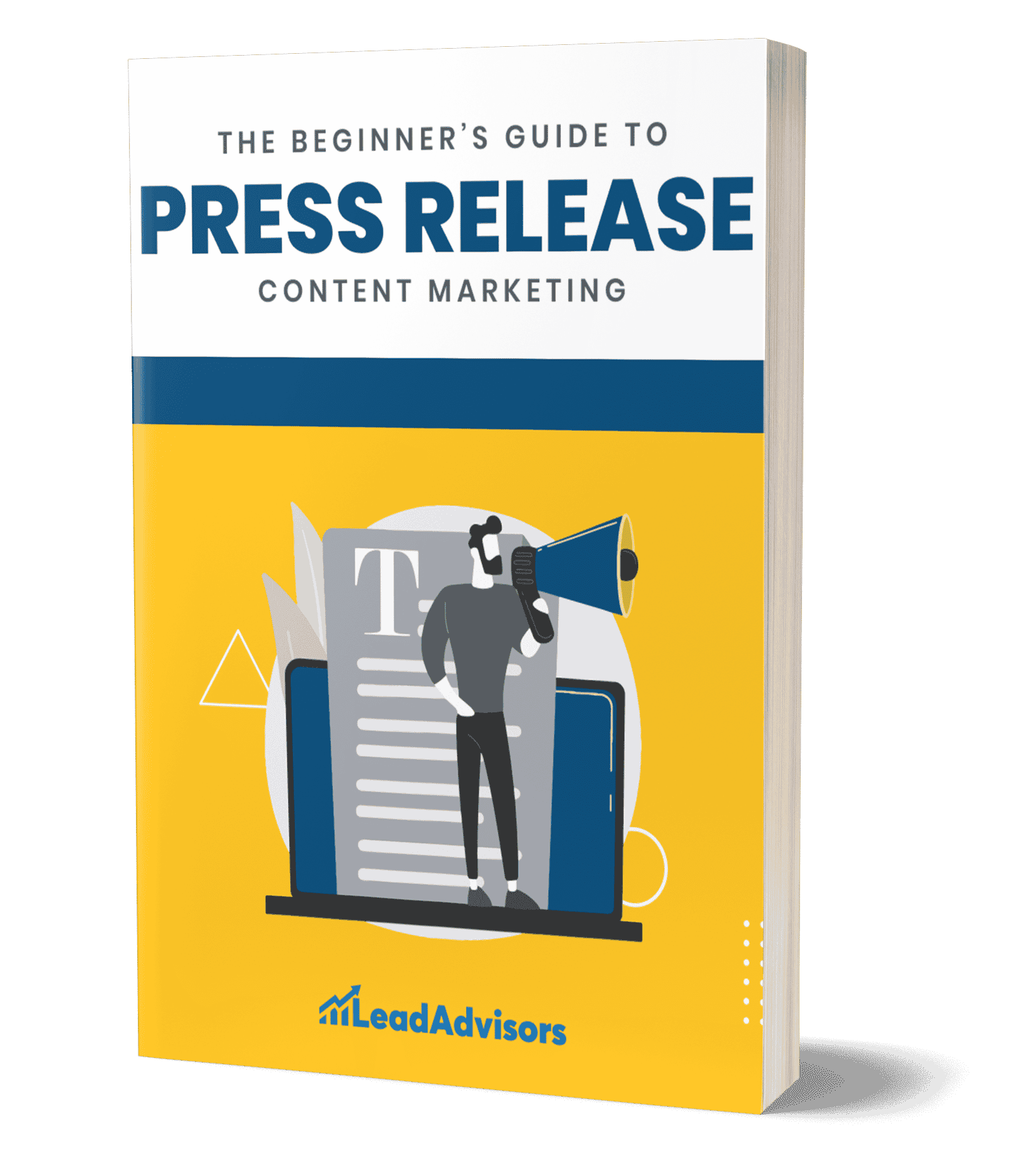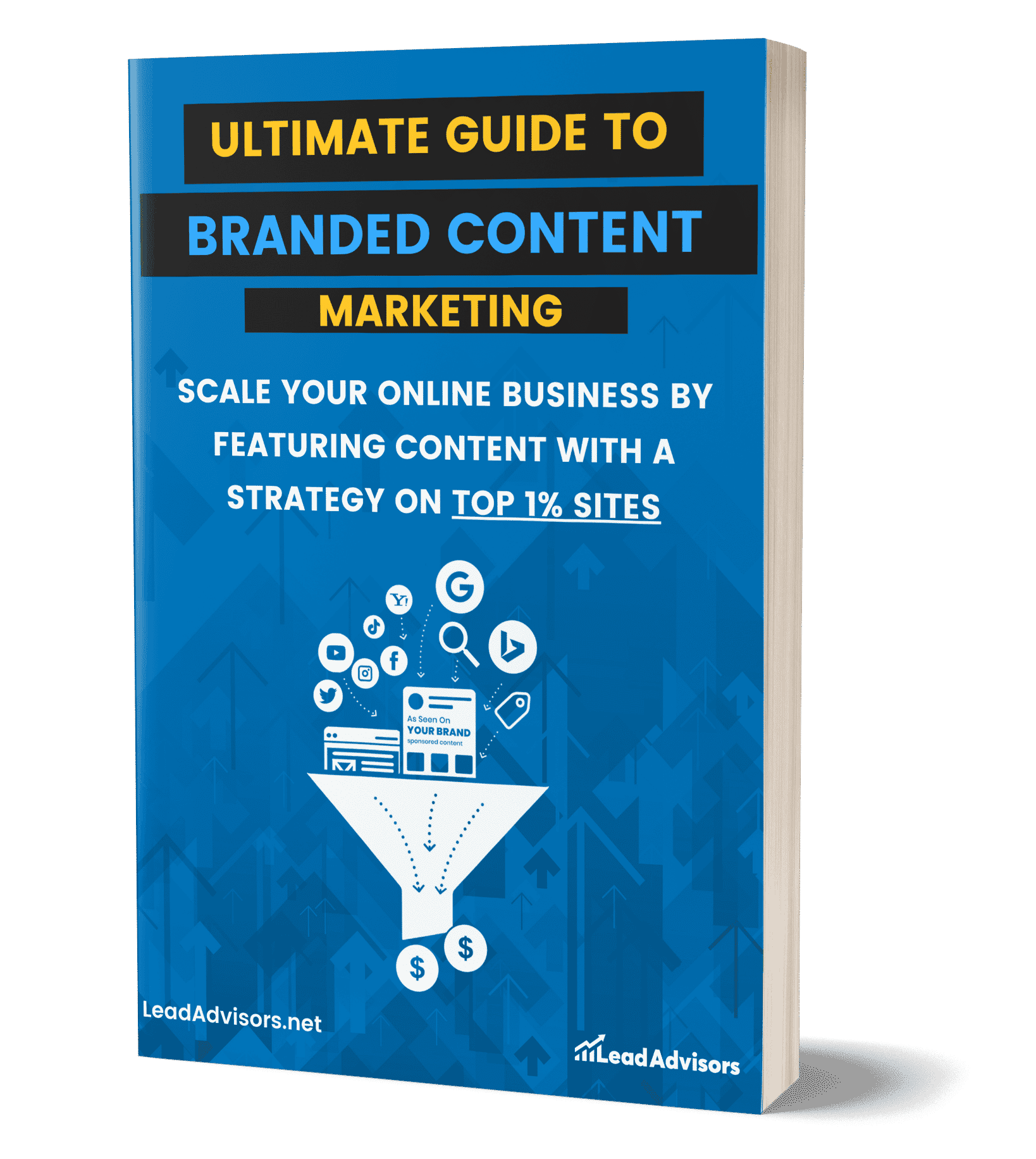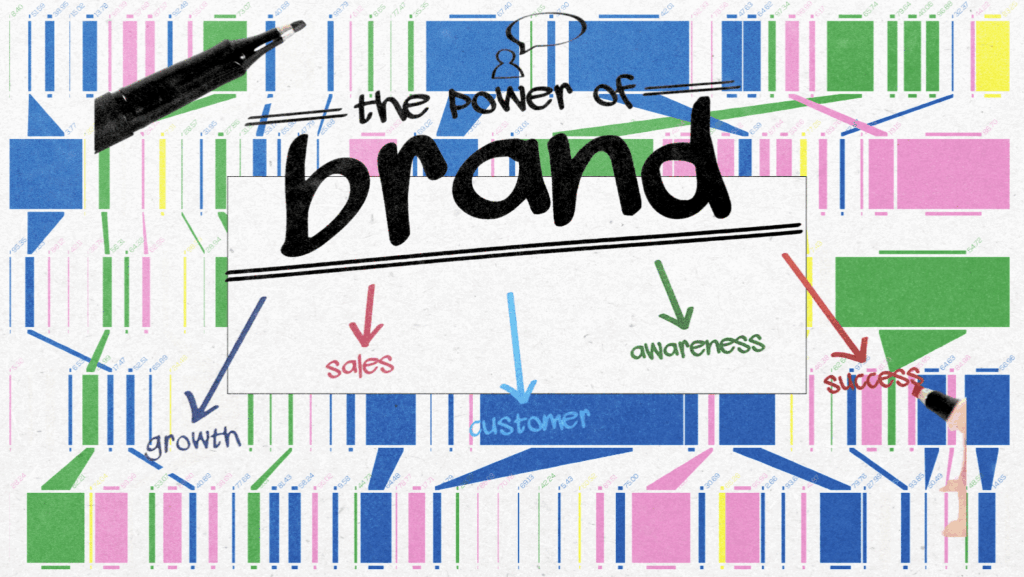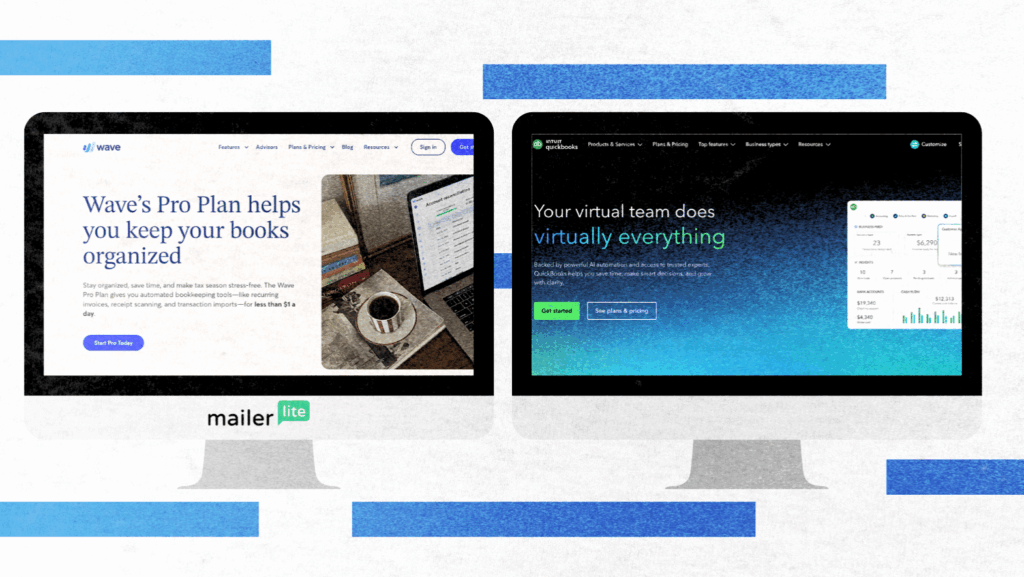Let’s say you’re running a financial services business, and you know your expertise has the potential to help thousands of people. But there’s only one problem – your website is hidden on page three of Google. The culprit? Poor SEO for Financial Services strategy.
And let’s be honest: When was the last time you got to page two? Exactly.
The fact is, ranking on the first page of search engine results pages (SERPs) isn’t just a bragging right. It’s about reaching the right audience at the right moment.
Your potential clients are actively searching for financial guidance, investment tips, or loan options – if you’re not showing up, someone else is.
But here’s the good news: If you have the right SEO for financial services strategy in place, you can rise in those rankings and have your product seen. And no, you don’t need to become an SEO guru to do this.
This guide breaks it down into actionable steps, so let’s get started.
What is SEO for Financial Services?
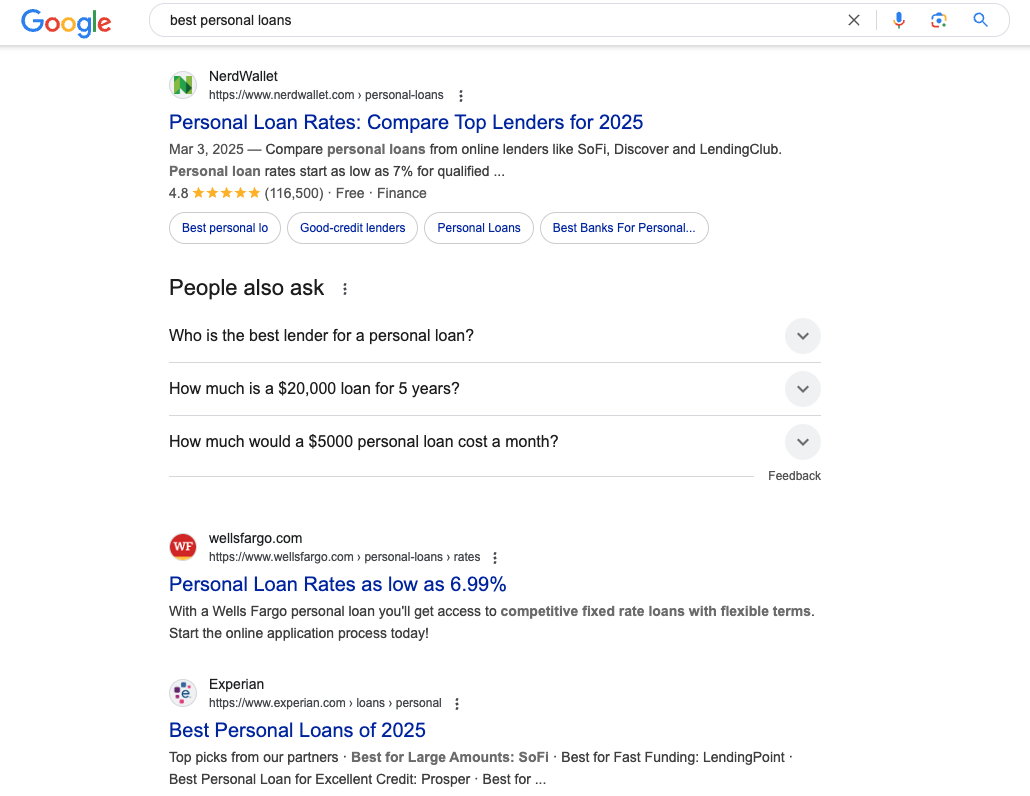
Think of financial services SEO as your online visibility booster. It’s all about making sure your business shows up when potential clients search for things like “best financial advisor near me” or “how to consolidate debt.”
The financial services industry is one of the most competitive. Banks, credit unions, lenders, and investment firms compete for the same market. That said, financial services are also heavily regulated and must build trust with their audience. That’s why SEO in finance is not a “nice to have ” – it’s required.
Here’s what goes into a strong SEO strategy for financial services:
- Keyword Research – Finding out what your audience is searching for.
- On-Page SEO – Optimizing your website’s content, meta tags, and structure.
- Technical SEO – Making sure your site runs fast, is mobile-friendly, and secure.
- Local SEO – Helping you show up in searches for financial services in specific locations.
- Content Strategy – Creating valuable content that answers financial questions.
- Backlink Building – Getting other reputable websites to link back to yours.
- SEO Tracking & Optimization – Monitoring results and adjusting as needed.
A good search engine optimization strategy creates credibility, increases traffic, and aids in turning visitors into customers. Let’s break down exactly how to do it now.
Why SEO Matters for Financial Services
Typically, when people are looking for financial advice, they Google the answer. Your potential clients are out there looking for solutions – whether that’s finding the best credit cards, investments, or debt consolidation!
The question is – will they first find you or competitors?
That’s where SEO (Search Engine Optimization) comes in. It’s not just about ranking higher – it’s about getting in front of the right audience at the right time without relying on expensive ads.
Why Financial Services SEO is a Game-Changer
Higher Organic Visibility – With SEO, you work your way onto high-intent keywords like “best personal loans” or “how to invest in ETFs” instead of paying for every click. The more visible you are, → more traffic, → more leads.
Improved Brand Trust- Let’s be honest: People trust Google’s top results. If your site consistently appears in searches, you’re automatically seen as an authority in the financial space.
More Qualified Leads – Unlike social media ads that target a broad audience, SEO attracts people who are actively searching for financial solutions. These are the clients ready to take action.
Long-Term ROI – Unlike paid ads that stop generating traffic the moment you pause them, SEO delivers consistent, long-term results. Think of it as an investment that keeps paying off.
Now, let’s break down exactly how to make your website Google-friendly and climb to the top of search rankings.
SEO Challenges in the Financial Industry
The financial services sector belongs to Google’s Your Money, Your Life (YMYL) category, meaning it requires higher trust signals and compliance.
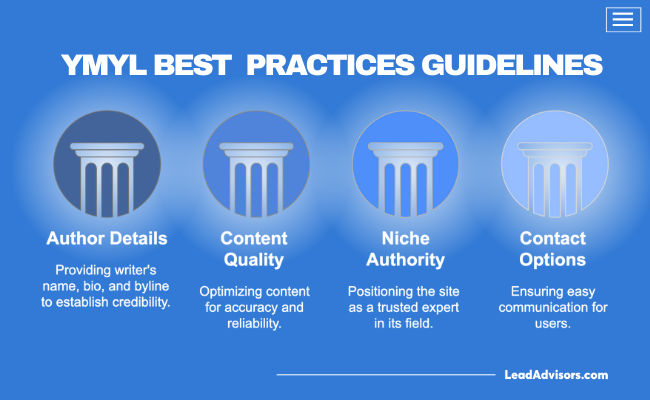
- Regulatory Restrictions (e.g., FINRA, SEC compliance) impact how financial firms present information online.
- Google’s E-E-A-T (Experience, Expertise, Authoritativeness, and Trustworthiness) is even more critical in financial SEO.
- Trust Signals such as accreditation (BBB, Trustpilot), SSL certificates, and clear financial disclosures are essential.
- Google Algorithm Updates like the Medic Update and Helpful Content Update have specifically targeted financial websites that lack credibility and expertise.
Pro Tip: Include a brief case study of a finance brand that was penalized by SEO due to misinformation or rule infractions.
Checklist for Compliance-Friendly Financial SEO:
- Ensure all financial claims are backed by verified data.
- Utilize statistics and research from credible sources.
- Display security badges and SSL certification.
- Ensure consistent disclaimers and transparency.
7 Proven Strategies for Implementing SEO for Financial Services
SEO is a game-changer for financial services. It helps you rank higher in search results and connect with the right audience.
In this guide, we’ll discuss 7 proven strategies for optimizing your website, boosting visibility, and outshining your competitors. Let’s dive in!
Step 1: Conduct Keyword Research
Keyword research is a cornerstone of SEO for financial services. It helps you understand what your target audience is searching for and how to optimize your content accordingly.
To get started, go to Ahrefs’ Keywords Explorer and enter a broad term related to your business.
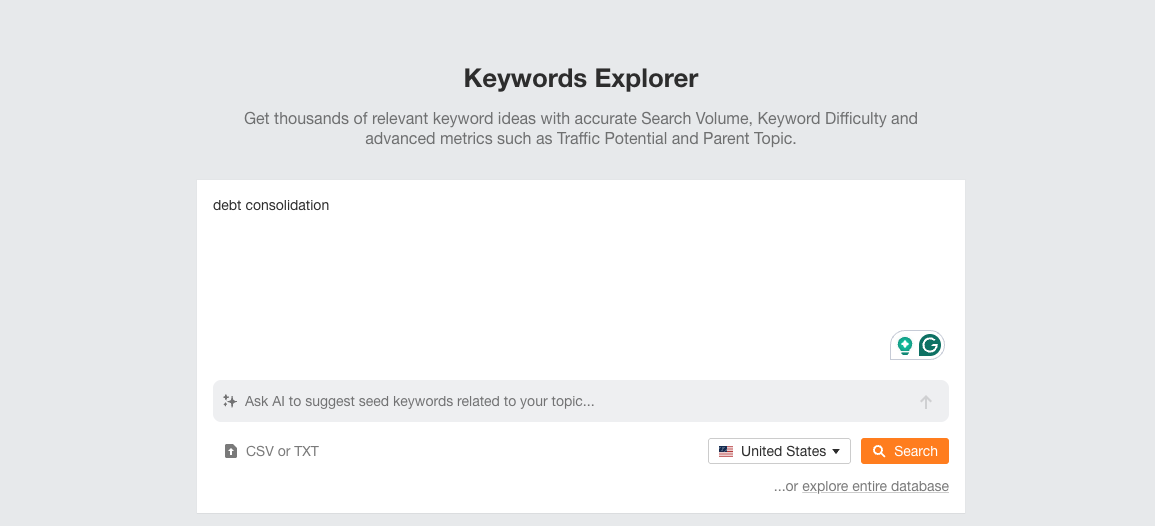
From there, filter the results by search volume, keyword difficulty, and intent. High-volume keywords have more potential reach, but they often attract more competition.
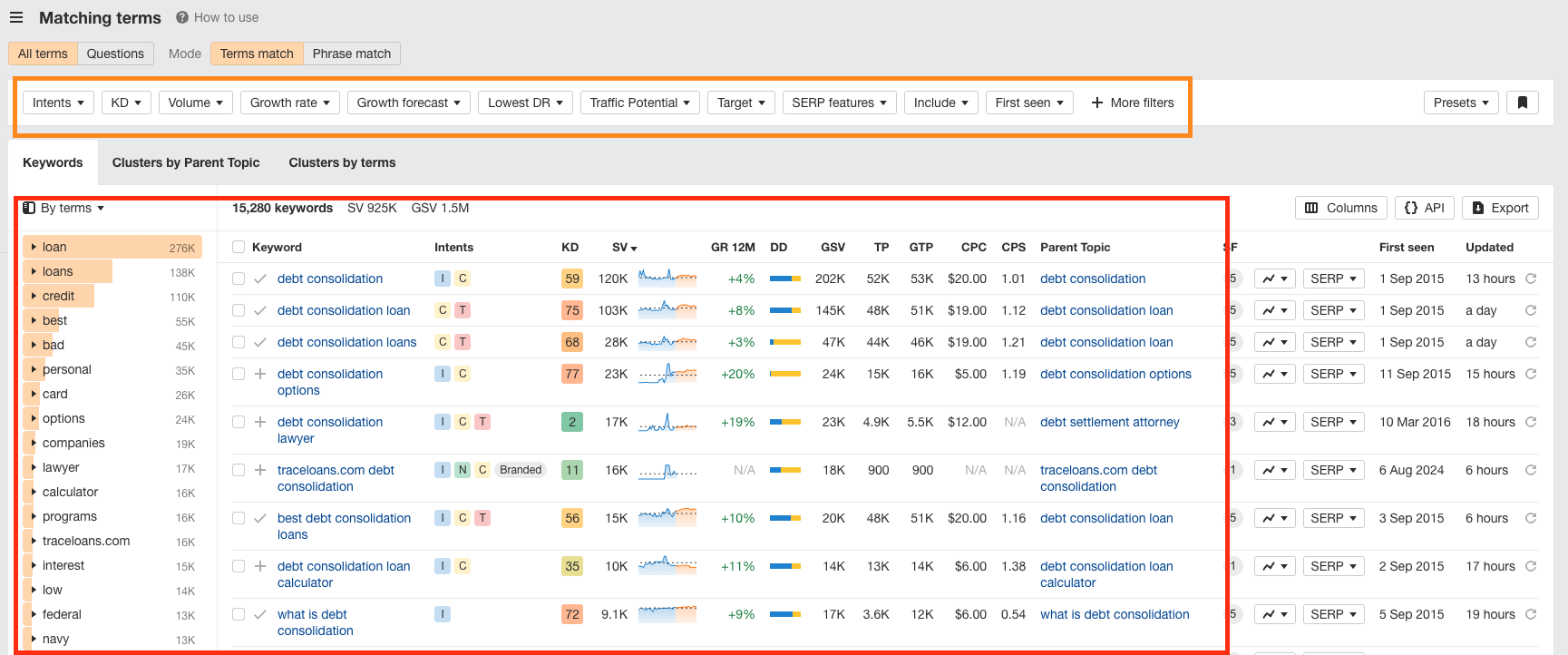
Higher-volume keywords have more potential reach. But tend to attract more competition from other websites.
This is why you want to look at volume and PKD. This means how difficult it will be for your site to rank in the top 10 for that keyword/phrase in the search listings.
Also, when choosing keywords, consider search intent. Some users are looking for information, others are comparing financial services, and some are ready to act.
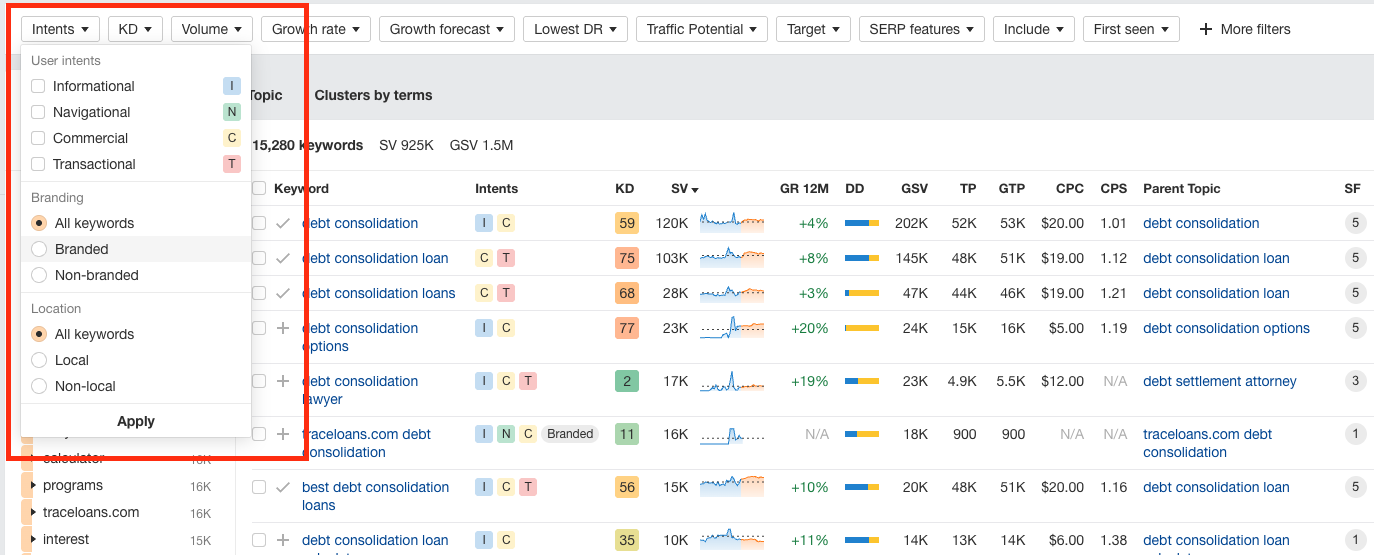
Understanding intent helps you create content that meets searchers’ needs. For example:
| Search Intent | Example Keywords |
| Informational | What is APR on a credit card? |
| Commercial | Best investment strategies for retirees |
| Transactional | Apply for a personal loan online |
By focusing on the right keywords, your SEO efforts will drive better results.
Step 2: Create High-Quality Content
Now it’s time to create content that is intent and value, based on the keywords you have.
In the Google services sector, where correctness and credibility are crucial, Google’s E-E-A-T (Experience, Expertise, Authoritativeness, and Trustworthiness) model deserves particular attention.
Having financial professionals write or review your content is one way to build credibility. An authority on these indicators, utilizing real-world data, market reports, and case studies, lends it authority.
Take a look at this example.
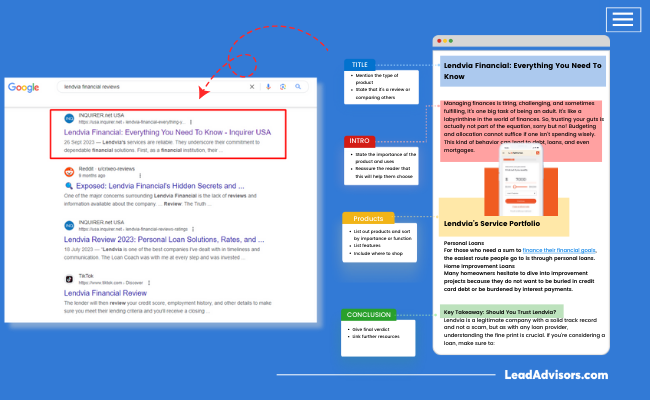
Additionally, readability matters. The financial services industry often deals with complex topics, so using simple language makes information more accessible.
Here’s how content types align with SEO goals:
| Content-Type | SEO Benefit |
| Ultimate guides | Establishes authority and attracts backlinks |
| Case studies | Builds credibility and improves engagement |
| Webinars & video content | Increases dwell time and engagement |
| FAQ pages | Targets long-tail keywords and enhances user experience |
| Industry trend reports | Positions your site as a thought leader |
Step 3: Nail Your On-Page SEO
Okay, we’ve now that all the basics are out of the way; let’s get down to why on-page SEO matters and how you can use it to improve your pages’ Google rankings.
Consider writing your content to a better-tuned level so search engines (and real people!) can find it.
You’ll what you’ll want to focus on:
- Title Tags and meta Descriptions are the first impressions of your page in search results. Make sure they include relevant keywords and sound interesting enough to make people want to click.
- Heading Structure – Keep your content organized! Use H1 for your main title, H2s for big sections, and H3s for subtopics. It makes everything easier to read (and Google appreciates it too).
- Alt Text for Images – Have you ever wondered how search engines “see” images? They don’t – unless you tell them! Adding alt text helps with accessibility and SEO.
- Internal Linking—Link to other relevant pages on your site. This keeps people engaged, improves navigation, and spreads ranking power across your site.
- Schema Markup – This is a little extra SEO magic that helps search engines understand your content better. If you can add it, do it!
Make sure to write a unique meta description for each page.
This summary appears in search results (right below your title) and plays a big role in convincing users to click. So, make it compelling!
Your title tag and meta description match what’s displayed on the search results page. Here are a few more ways to optimize your on-page SEO:
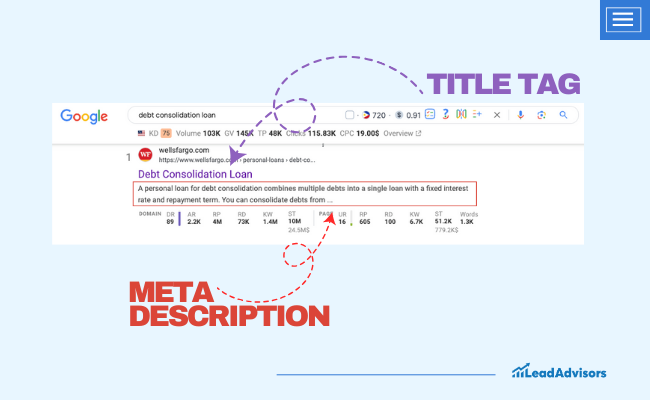
- Use internal links to connect relevant pages on your site – just be sure to use clear, descriptive anchor text.
- Implement schema markup to give search engines more context about your content, helping them categorize and display it more effectively.
Oh, and one more pro tip: Format your content for featured snippets (the box of text at the top of some search engine results pages), which can drive massive traffic. Here’s how to optimize for them:
- Structure answers in bullet points or numbered lists.
- Format content to match “People Also Ask” (PAA) sections in Google.
- Provide concise definitions and structured data.
- Optimize for FAQ Schema Markup to increase visibility.
List the best types of content for snippets (e.g., “What is APR on a credit card?”).
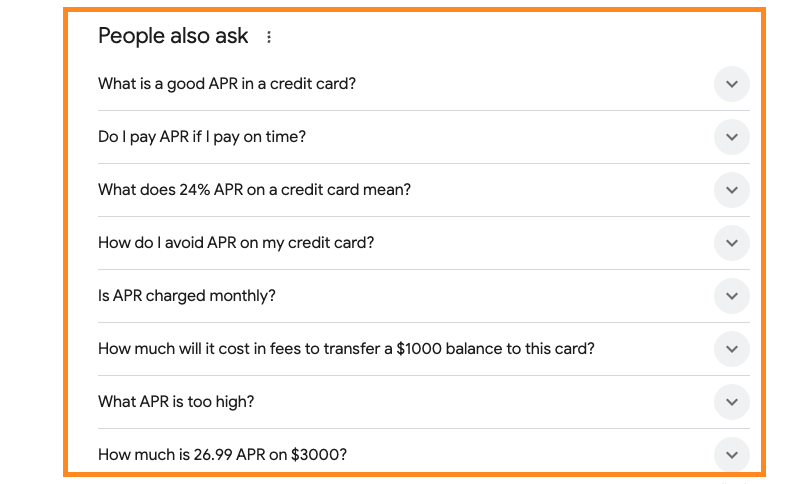
Table of Common Snippet Queries & Optimization Tips:
| Search Query | Optimization Tip |
| What is a mortgage APR? | Provide a short definition + example |
| How to consolidate debt? | Use bullet points for key steps |
Step 4: Run a Quick Technical SEO Check – Your Site Might Need It!
No matter how amazing your content is, it won’t rank well if your website has technical issues. A technical SEO audit helps you find (and fix) the stuff that could be secretly holding your rankings back.
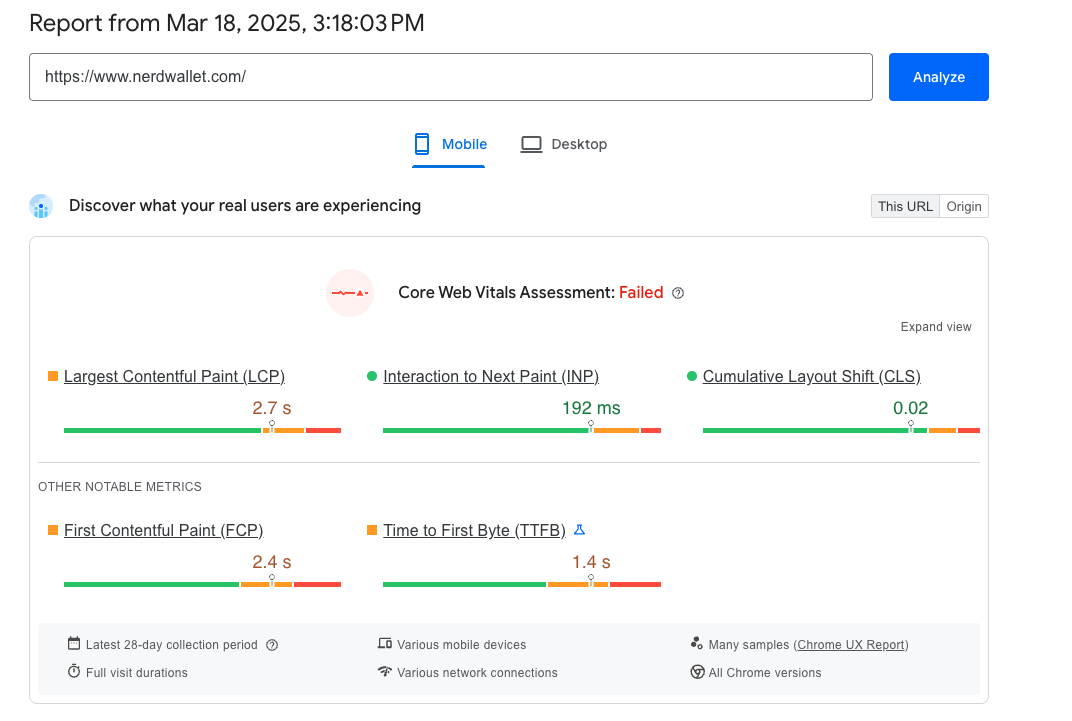
With Audit tools such as Google’s Page Speed Insights, you can easily check for:
- Crawling and Indexing Problems—Search engines need to “read” and list your pages in search results they can’t; your content stays hidden, which is not fun.
- Core Web Vitals – Google cares about how fast your page loads, how smooth it feels, and whether it jumps around while loading. If your site is slow or clunky, rankings can take a hit.
- HTTPS & Security—If your site isn’t secure (hello, HTTPS), Google might not trust it as much, and neither will visitors.
- Other Sneaky Issues include broken links, duplicate content, and missing metadata—things that seem minor but can greatly affect your rankings.
Once your scan is complete, head over to the PageSpeed Insights report, where Google categorizes issues into:
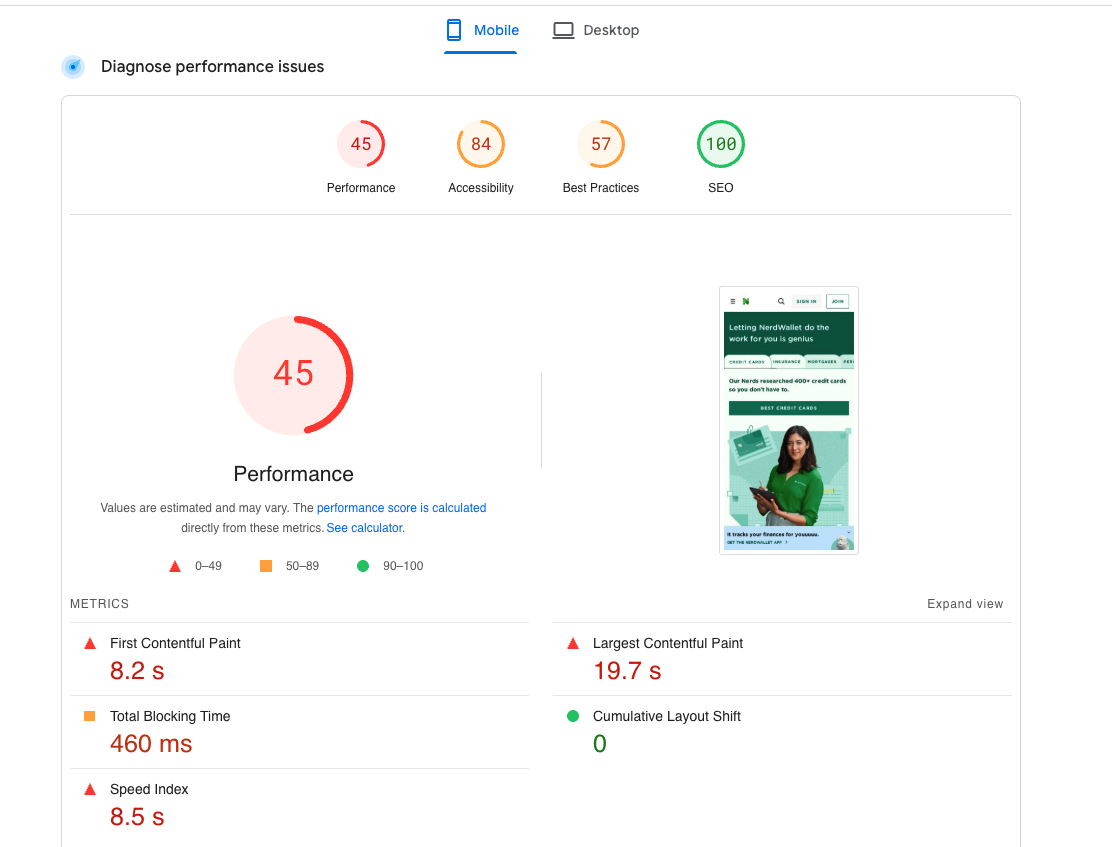
- Core Web Vitals (High Priority) – Critical issues affecting page load speed and user experience (e.g., slow Largest Contentful Paint, high Cumulative Layout Shift). These should be fixed ASAP.
- Other Performance Issues (Medium Priority) – Factors that aren’t critical but can impact speed and efficiency (e.g., unoptimized images, render-blocking resources). Addressing these can improve performance.
- Opportunities & Diagnostics (Low Priority) – Recommendations and best practices that can enhance overall page speed and efficiency over time (e.g., caching improvements, reducing unused JavaScript).
Each issue includes a brief explanation and suggested fixes. Some are quick DIY fixes, but for more technical optimizations, you might need a developer’s help.
After making improvements, run the test again to track progress. Ideally, you’ll see higher scores and a faster website!
For example, if your current Performance Score is 66%, there’s room for improvement. The goal? Optimize your site for better rankings, faster load times, and an improved user experience.
5. Get Found Locally with Smart SEO
If your business serves a specific area, local SEO is a must – because when people search for something like “best lender near me,” Google pulls up a map with local businesses listed first. If you’re not optimized, you’re missing out on potential clients!
Something like this:
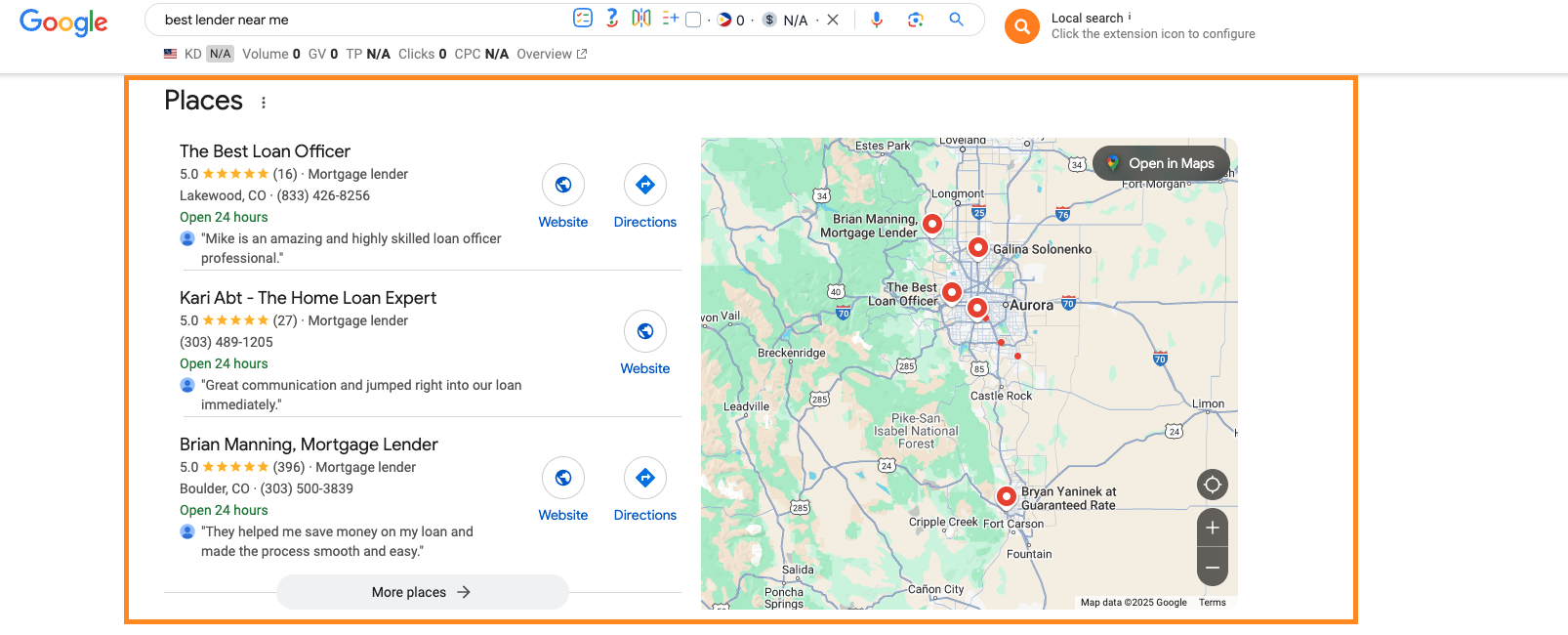
So, how do you make sure your business shows up? Start with Google Business Profile (GBP).
- Verify your profile—this unlocks all the features
- Keep your info accurate—name, address, phone, hours, and website
- Use local keywords—mention your city or region naturally in your description
- Encourage reviews—and don’t forget to respond (even to the not-so-great ones)
- Post updates—share news, promos, or events to stay active
But don’t stop there! Get listed on directories like Yelp, BBB, and local business sites. The more places you show up, the more Google trusts your business.
And here’s a pro tip: Make sure your info is consistent everywhere. If your address or phone number varies across sites, it can hurt your rankings.
6. Get Noticed with Quality Backlinks
In Leyman’s terms, If reputable sites link to your content, Google sees your website as trustworthy and authoritative, which can help boost your rankings.
Getting quality backlinks in the finance world isn’t as simple as sending out a few emails and hoping for the best. Google takes financial content very seriously (thanks to YMYL guidelines), so your backlinks need to come from trusted, high-authority sources. Here’s how to make that happen.
1. Getting Backlinks from Big-Name Finance Publications
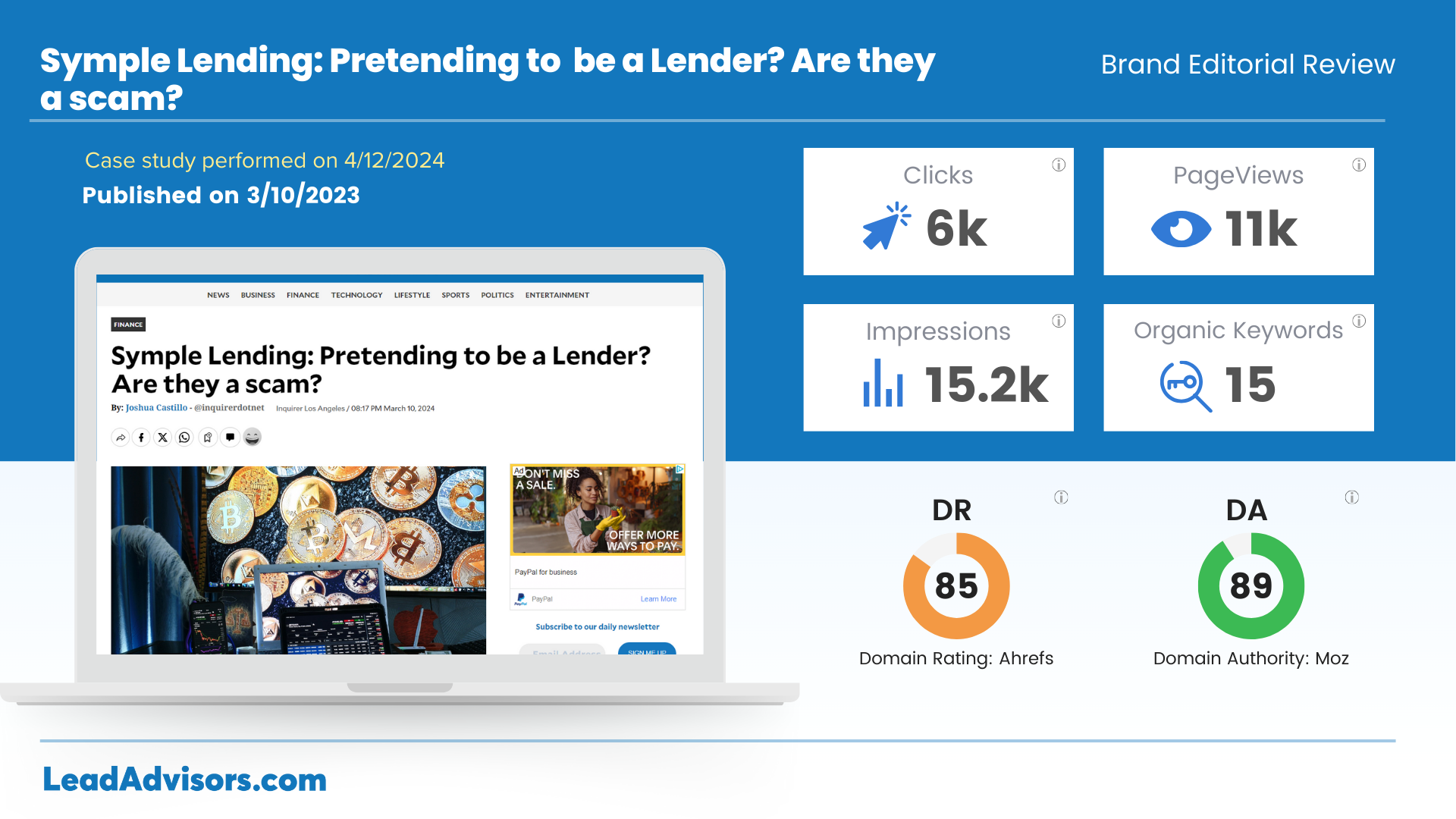
You’ve probably seen sites like Forbes, Investopedia, Inquirer.net, or NerdWallet ranking at the top of search results. Getting a backlink from them? That’s gold. Here’s how you can land one:
- Guest Posting – Offer well-researched articles with unique insights. These sites don’t just take any content – you need to bring real value.
- Expert Quotes—Platforms like HARO (Help a Reporter Out) connect you with journalists looking for expert opinions. If you get quoted, your backlink is secured.
- Original Research – If you’ve got fresh data, finance sites love to cite unique reports, infographics, or case studies.
2. Finding & Claiming Unlinked Brand Mentions
Did you know that websites might already be talking about your brand without linking to you? That’s like someone recommending a great restaurant but not telling you where it is.
- Use Google Alerts, Ahrefs, or Semrush to find these mentions.
- Reach out and ask them to add your link – most will, since they already mentioned you.
3. Getting Trust-Based Backlinks from .Gov & .Edu Sites
- Google loves backlinks from .gov and .edu sites because they scream credibility. Here’s how to land them:
Partner with universities – Offer to guest lecture or provide expert insights for finance programs. - Contribute to government finance resources – Think financial literacy guides, small business grants, or tax tips.
- Join finance industry associations – Many have directories with backlinks to member firms.
Outreach Email Template (That Actually Works!)
Want to request a backlink without sounding desperate? Try this:
Subject: Quick Update on Your Article Featuring [Your Brand]
Hey [Website Owner’s Name],
Hope you’re doing well! I just came across your article [Article Title] on [Website Name], and I loved how you covered [mention something specific].
I noticed you mentioned [Your Brand], and I really appreciate the shoutout! Would you be open to linking to our official page? It would give your readers direct access to [valuable resource] and make the experience even better for them.
Let me know what you think – I’d be happy to assist in any way!
Best,
[Your Name]
[Your Website]
Pro Tip: Tools like Semrush’s Link Building Tool can help you find backlink opportunities, track your outreach, and monitor your progress.
At the end of the day, backlinks = credibility + better rankings + more traffic. Start using these strategies, and watch your site climb the search results!
How SEO Transformed Symple Lending’s Reputation

SEO isn’t about running Google – it’s about getting to the theory of your brand. And in financial services, trust is all. If you’re there to send a consistent message, then someone/something will fill in the gaps – and it might not be in your favor.
When potential clients searched for their name, they didn’t see Symple Lending’s own content – they saw skeptical discussions, negative reviews, and misleading third-party claims questioning their legitimacy.
The real issue? Symple Lending was not ranking for its brand. Instead, the top results were full of outside voices, many ill-informed or actively harmful.

Here’s what went wrong:
- Low keyword rankings—Their website didn’t show up for important search terms, meaning they were practically invisible online.
- Negative press took over – When people searched for Symple Lending, the top results included phrases like “Is this company a scam?” That’s a serious red flag in the financial industry, where trust is key.
- Minimal engagement & authority signals – Without a strong SEO strategy, Google had no reason to push its content higher in search rankings.
The result? Symple Lending had lost control of the conversation about its own brand. Instead of shaping their own reputation, they were letting unverified sources and misleading discussions define them. And in an industry that relies on credibility, that was a major problem.
But LeadAdvisors has a Gameplan on how to solve this problem.
We knew that Symple Lending needed more than a better ranking – it needed to regain its credibility.
Their top priority was clear: Who owns its brand name in search results and replaces false narratives with correct, factual information?
The first step? Boosting SEO credibility. That meant optimizing their content with high-intent keywords, making sure Symple Lending ranked for its own name instead of letting outsiders control the conversation.

Trust had to be reinforced. To do that, we secured a brand editorial review, a well-researched and authoritative piece designed to push down misleading information and provide clarity.
Instead of leaving the public to speculate, the review tackled questions head-on, presenting verified facts about Symple Lending’s services.
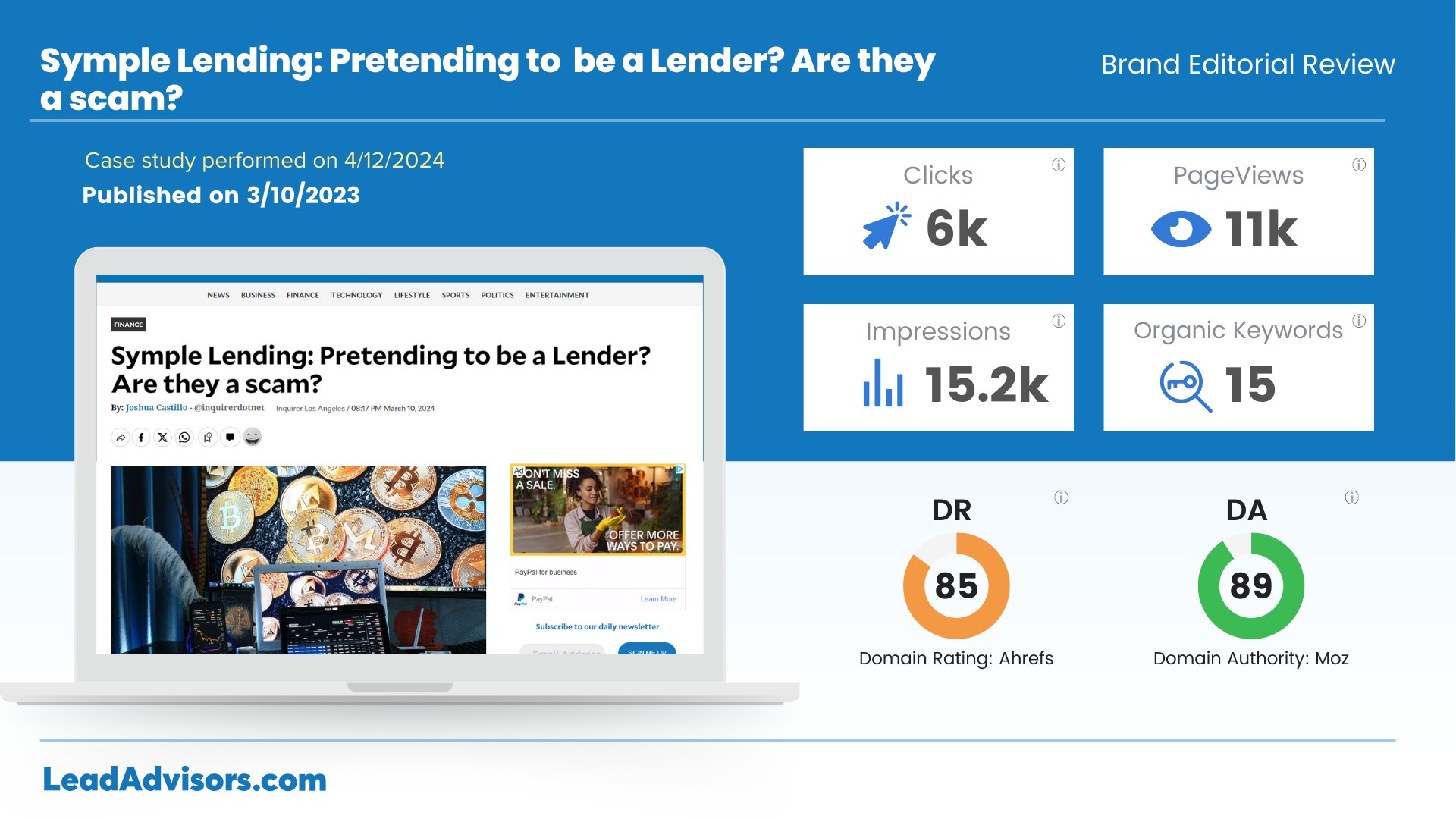
The impact was immediate. As their content climbed in search rankings, the negative press lost traction. Symple Lending was no longer a passive player in its own story—it was now the primary voice shaping its reputation.
7. Track Your Results: Measure, Analyze, and Improve
You’ve done the on-site optimizations, built backlinks, and polished your local SEO, but how do you track if it all works?
Measuring your results is every bit as important as the strategies. If you’re not measuring performance, you’re literally flying blind.
Top Tools to Track Your SEO Performance
1. Google Search Console – Monitor Your Website’s Search Performance
- See which keywords drive traffic to your site
- Keep an eye on your rankings and how often your pages show up in search results.
- Resolve Indexing Issues to make sure that all of your pages are visible on Google.
- Check backlink data to see which sites are linking to you
How to leverage it: Review the “Performance” report to identify high-ranking pages. Keep those pages updated with fresh content to maintain or improve rankings.
2. Google Analytics – Track Website Traffic & User Behavior
Set up Goals and Conversions to track sign-ups, purchases, or other key actions. Specifically, you may do the following:
- Assess organic traffic, or the number of people who find you through a search
- Look for visitor behavior to see which page, how long it stayed on, and what it focused on
- Find out best performing content and conversion drivers
- Keep an eye on spots where the user is dropping off
3. Semrush (or Ahrefs, Moz) – Deep Dive Into SEO Insights
- Monitor organic keyword positioning and search visibility over time
- Backlink analysis – Check which sites are linking to your content
- Do competitor analysis to discover what’s working for others in your industry
- Perform site audits to identify technical SEO issues
How to leverage it: Use the Position Tracking tool to monitor specific keyword rankings and set up alerts for ranking changes.
4. Hotjar – Understand How Visitors Interact with Your Site
When users start dropping off at a particular page, peruse the Hotjar data to help identify exactly what appears to be the problem – slow load times, unclear calls to action, etc. Specifically,
- Use heatmaps to see where users click, scroll, and spend the most time
- Watch session recordings to identify user pain points
- Collect user feedback through on-site polls
5. Ubersuggest – A Free Alternative for SEO Tracking
Utilize the Content Analyzer to find which content is generating the majority of your traffic and write more content around similar topics. You may:
- Track keyword rankings over time
- Conduct an SEO health check to identify broken links, speed issues, and content gaps
- Generate content ideas based on trending topics in your industry
Frequently Asked Questions
How does compliance affect SEO for financial services websites?
What’s the difference between high-intent and informational keywords in finance SEO?
How do algorithm updates impact financial websites?
Why do financial services websites need more than just E-E-A-T for SEO?
How can financial services use local SEO to attract more clients?
SEO is Your Financial Brand’s Secret Weapon
So, here we are. You’ve seen why SEO for financial services isn’t just an option—it’s a necessity. If you’re not showing up on Google’s first page, you’re basically handing your potential clients over to competitors. And let’s be honest, no one’s scrolling to page three for financial advice.
SEO is not as hard as you think. It’s about understanding what your audience wants, optimizing your site to meet those needs, and establishing authority over time.
Think of it like compound interest—you invest in it consistently, and over time, it pays off big. Unlike paid ads that disappear the second you stop spending, SEO works for you — bringing leads, building trust, and cementing your authority.



